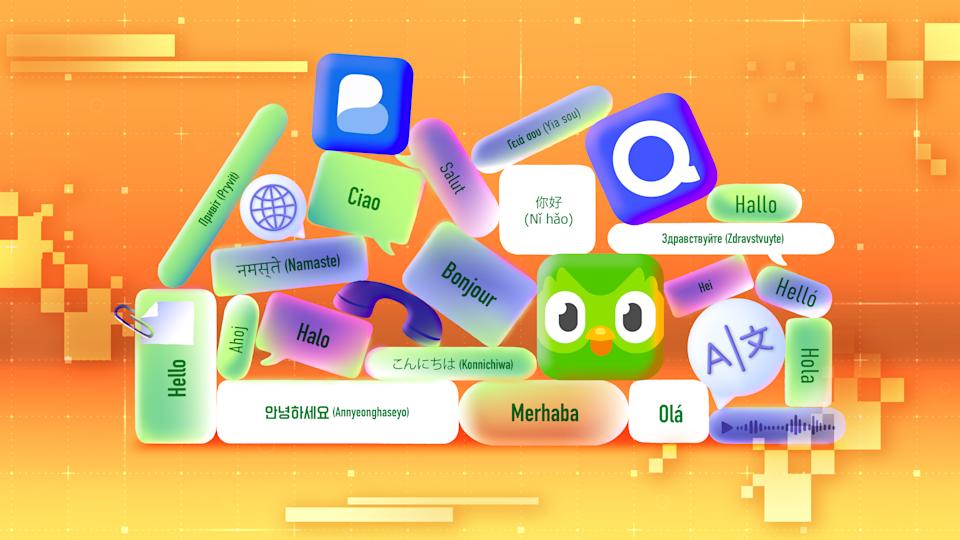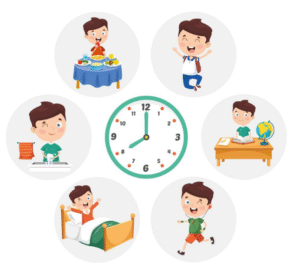
Work-Life Balance in 2025: New Challenges, Smart Solutions

The year is 2025, and the world of work looks completely different than it did just a few years ago. Remote work is now normal, AI handles many routine tasks, and our phones buzz with work messages at all hours. With all these changes, many people are asking a simple question: Is work-life balance still possible?
The short answer is yes, but it requires new strategies and a fresh way of thinking about what balance actually means.
What Work-Life Balance Looks Like Today
Work-life balance used to be simple. You went to the office from 9 to 5, then came home and left work behind. Today, the lines are much blurrier. You might start your day with emails at 7 AM, take a break to walk your dog at 2 PM, then jump back online for a late meeting with colleagues in another time zone.
This new reality isn’t necessarily bad, but it does mean we need to rethink what “balance” means. Instead of perfect separation between work and life, many people are finding success with what experts call “work-life integration” – blending work and personal activities in a way that works for them.
The New Challenges We Face
Always-On Technology Our devices make it possible to work from anywhere, anytime. While this flexibility can be great, it also means work can easily creep into every corner of our lives. The temptation to check “just one more email” after dinner is real.
Remote Work Complications Working from home has many benefits, but it can also make it harder to “switch off” from work mode. When your bedroom is down the hall from your home office, the boundaries between work and rest become fuzzy.
Economic Pressure Many people feel pressure to be available and productive at all times, especially with economic uncertainty. The fear of falling behind or losing job security can make it hard to set boundaries.
Information Overload We’re dealing with more information, meetings, and digital distractions than ever before. This constant stream of inputs can make it feel impossible to find quiet time for ourselves.
What’s Actually Working in 2025
Despite these challenges, many people are finding ways to create better balance. Here are some strategies that are proving effective:
Time Blocking Instead of trying to multitask all day, many workers are blocking out specific times for different activities. This might mean dedicating 9-11 AM to deep work, 2-3 PM for meetings, and keeping evenings completely work-free.
Digital Boundaries More people are setting clear rules about when they’ll check work messages. Some turn off notifications after 6 PM, while others designate certain days as “no-email” days. The key is being consistent and communicating these boundaries clearly.
Flexible Scheduling The traditional 9-to-5 schedule is becoming less common. Many workers are finding balance by working when they’re most productive and taking breaks when they need them. This might mean starting work at 7 AM to finish by 3 PM, or taking a long lunch break to exercise.
Focus on Results, Not Hours Companies that focus on what gets done rather than how many hours are worked often see employees who are both more productive and more satisfied with their work-life balance.
The Role of Employers

Creating work-life balance isn’t just up to individual workers. Companies play a huge role in making balance possible or impossible. The best employers in 2025 are:
- Setting clear expectations about after-hours communication
- Encouraging employees to take their vacation time
- Providing mental health resources and support
- Measuring success by results, not time spent online
- Leading by example, with managers who model healthy boundaries
Making It Work for You
Work-life balance in 2025 isn’t one-size-fits-all. What works depends on your job, your family situation, and your personal preferences. Here are some practical steps to find your own balance:
Start Small Pick one boundary to establish this week. Maybe it’s not checking emails after 8 PM, or taking a real lunch break every day. Small changes can build into bigger improvements over time.
Communicate Clearly Let your colleagues and boss know what your boundaries are. Most people are more understanding than you might expect, especially if you’re clear about when you will be available.
Use Technology Wisely Instead of letting technology control you, make it work for you. Use features like “Do Not Disturb” modes, schedule emails to send during work hours, and consider having separate devices or accounts for work and personal use.
Schedule Personal Time If you don’t actively protect time for yourself, work will fill every available minute. Put personal activities on your calendar just like you would important meetings.
Regular Check-ins What works for you might change over time. Check in with yourself regularly to see if your current approach is still serving you well.
Looking Ahead
Work-life balance in 2025 is definitely possible, but it looks different than it used to. Instead of perfect separation between work and life, we’re learning to create integration that works for our individual situations. The key is being intentional about how we spend our time and energy.
The companies and individuals who figure out this new balance will be the ones who thrive. Those who don’t risk burnout, high turnover, and decreased productivity.
The good news is that we have more tools and flexibility than ever before to create lives that work for us. It just takes some thought, planning, and the courage to set boundaries in a world that often rewards being always available.
Work-life balance in 2025 isn’t about perfect separation – it’s about making conscious choices about how work fits into the life you want to live. And that’s not only possible, it’s essential for long-term success and happiness.
















Post Comment